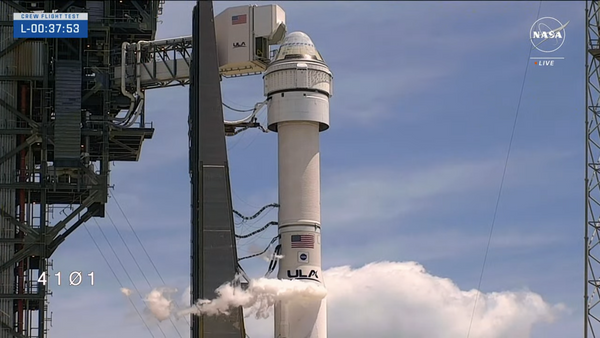
The Australian economy is not well, according to the budget forecasts.
Households have pulled in their heads even more than forecast last December — remember the Reserve Bank recently admitting its model understated how badly interest rate rises had smashed demand? — dwelling investment has evaporated, and business is anticipated to stop spending. Even one of the bright spots of the economy, our net exports, is expected to fall back.
The result is growth of sub-2% in the current financial year, 2% next year, and 2.25% the year after that. And that’s despite the government expecting to tip nearly $30 billion of deficit spending into the economy in 2024-25 — then more than $40 billion the year following — and a combined net increase in population of more than 650,000.
Such poor growth, especially with such high immigration, should spell a deteriorating employment market. The budget does expect a slower rate of employment growth, but unemployment is still expected to only rise from 4% to 4.5%, and that’s despite a slightly higher-than-expected participation rate (which remains at levels that make mockery of numerous intergenerational reports over the past 20 years). The only evidence of employment weakness is in a slowing rate of wages growth.
To put that in context, in an economy barely ticking over, with massive migration and punitive interest rates, unemployment is still expected to be below the levels it was at for the entire period from the onset of the financial crisis in 2008 through until late 2021 — and despite a substantially higher participation rate. For anyone who remembers the recessions of the 1980s or ’90s, or even the extended period of higher unemployment in the early part of past decade, it’s something bordering on a miracle.
It’s not a triumph of Treasury hope over reality, like that decade of forecasts of big wage rises just around the corner. Treasury has been foretelling a rise in unemployment to above 4% since last budget, and has stubbornly refused to comply even as hundreds of thousands of foreign students and temporary workers poured back into Australia. At some point, you’d assume, gravity must take hold, and employment — like Wile E. Coyote furiously sprinting in mid-air before realising the cliff edge is behind him — will suddenly fall. As yet, there’s no sign of it.
This brings us back to a persistent question here at Crikey: from where are all the workers coming from for the manufacturing sector the government wants to rebuild? Labor’s response would be that it is investing in more training. “The government will provide $101.8 million over seven years from 2024-25 to continue to build the Australian industrial workforce required to support the delivery of Australia’s conventionally armed, nuclear-powered submarines,” the budget says tonight. “The government will provide $218.4 million over eight years from 2023-24 (and $1.3 million per year ongoing) to support a Future Made in Australia through the development of a skilled and diverse workforce,” it continues.
And that’s before you get to the “$116.2 million over five years from 2023-24 to strengthen and support the health workforce”. Or the billions required to fund the increase in remuneration for aged care workers in order to retain and build that crucial workforce. And, hey, there’s the “$1.8 billion over three years from 2023-24 for additional frontline staff to help stabilise Services Australia claims backlogs and service standards”.
The government knows it needs workers for its utopian visions of the rebirth of Australian manufacturing, but it’s also busy trying to attract and retain workers in other crucial sectors, as well as its own staffing ranks.
However good the training is going to be at the nuclear submarine course at the “Skills and Training Academy”, training doesn’t create new workers — it can only enable the redeployment of an existing one. Unless the government’s manufacturing vision involves lots of robots, to actually grow the workforce you need migrants. And the budget papers are clear that migration will fall from nearly 400,000 this financial year to 260,000 next year, and 255,000 after that.
Perhaps Labor will get lucky and employment will plunge like Wile E. Coyote and free up hundreds of thousands of people for a new career in nuclear submarine manufacturing or quantum computing.
Given the economic conditions forecast in the budget, that can’t be ruled out. But on the evidence so far, don’t count on it.







